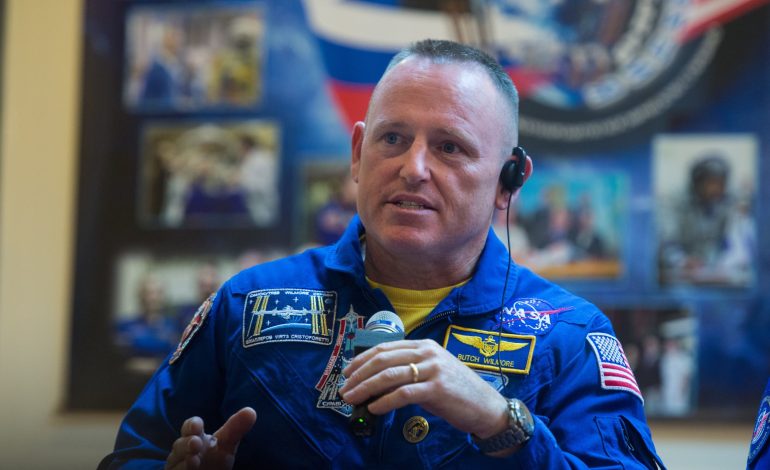After more than two decades, three spaceflights, five spacewalks, and nearly a year floating above Earth, NASA astronaut Barry “Butch” Wilmore is officially hanging up his flight suit.
The 62-year-old Navy captain-turned-space explorer is retiring from NASA after a 25-year career that spanned four different spacecraft and 464 days in space — including an unexpected nine-month stay aboard the International Space Station (ISS) during a mission that didn’t exactly go according to plan.
Wilmore’s journey began in Tennessee, where he earned degrees in electrical engineering and aviation systems before joining the US Navy. There, he flew tactical aircraft off aircraft carriers in both peacetime and combat, then graduated from the prestigious US Naval Test Pilot School.
NASA scooped him up in 2000, and he quickly became known as a rock-solid astronaut — reliable, capable, and always up for a challenge.
Wilmore holds the rare distinction of having flown aboard Atlantis (the Space Shuttle), Soyuz (Russia), Starliner (Boeing), and Crew Dragon (SpaceX). That’s basically the Mount Rushmore of human spaceflight platforms.
His first mission was in 2009, on STS-129, a short space shuttle flight. In 2014-2015, he returned for a five-and-a-half-month tour aboard the ISS on Soyuz. Then in 2024, Wilmore became one of the first astronauts to fly Boeing’s new Starliner on its historic first crewed flight.
The plan was to spend about a week at the station and return home in the Starliner capsule. Instead, thruster problems and gas leaks kept the spacecraft grounded, and NASA eventually deemed it too risky to fly the astronauts back in it.
That unexpected turn turned into a nine-month stay aboard the station for Wilmore and fellow astronaut Suni Williams. The media spun it as the astronauts being “stranded” in space — but Wilmore wasn’t having it.
“That’s been the narrative from day one: stranded, abandoned, stuck,” he told CNN in February. “Help us change the narrative — it’s ‘prepared and committed.'”
Eventually, NASA brought Wilmore and Williams home aboard a SpaceX Crew Dragon in March 2025, a detour that made headlines and became one of the most closely followed space missions in years.
In total, Wilmore clocked five spacewalks (that’s 32 hours in a spacesuit), lived and worked aboard the ISS multiple times, and helped break new ground in human spaceflight.
“Butch’s commitment to NASA’s mission and dedication to human space exploration is truly exemplary,” said Steve Koerner, acting director of NASA’s Johnson Space Center. “His lasting legacy of fortitude will continue to inspire future explorers and the nation for generations.”
Fellow astronaut and NASA Astronaut Office Chief Joe Acaba called Wilmore a role model: “His mastery of complex systems, adaptability, and commitment has inspired us all.”
In his farewell statement, Wilmore reflected on a life fueled by “insatiable curiosity.”
“Even as I ventured beyond Earth’s limits,” he said, “I remained attuned to the beauty and significance of the world below.”
It’s unclear what Wilmore’s next chapter holds — but if history’s any guide, he’s not the type to just disappear. Many retired astronauts go on to advise space companies, mentor younger astronauts, or help shape future missions.
For now, though, he’s earned a bit of rest — preferably with gravity under his feet.
25 years at NASA. 464 days in space. 1 legacy of excellence. Not bad for a kid from Tennessee who once looked up and thought, “I wonder what’s out there.”










The latest news in your social feeds
Subscribe to our social media platforms to stay tuned